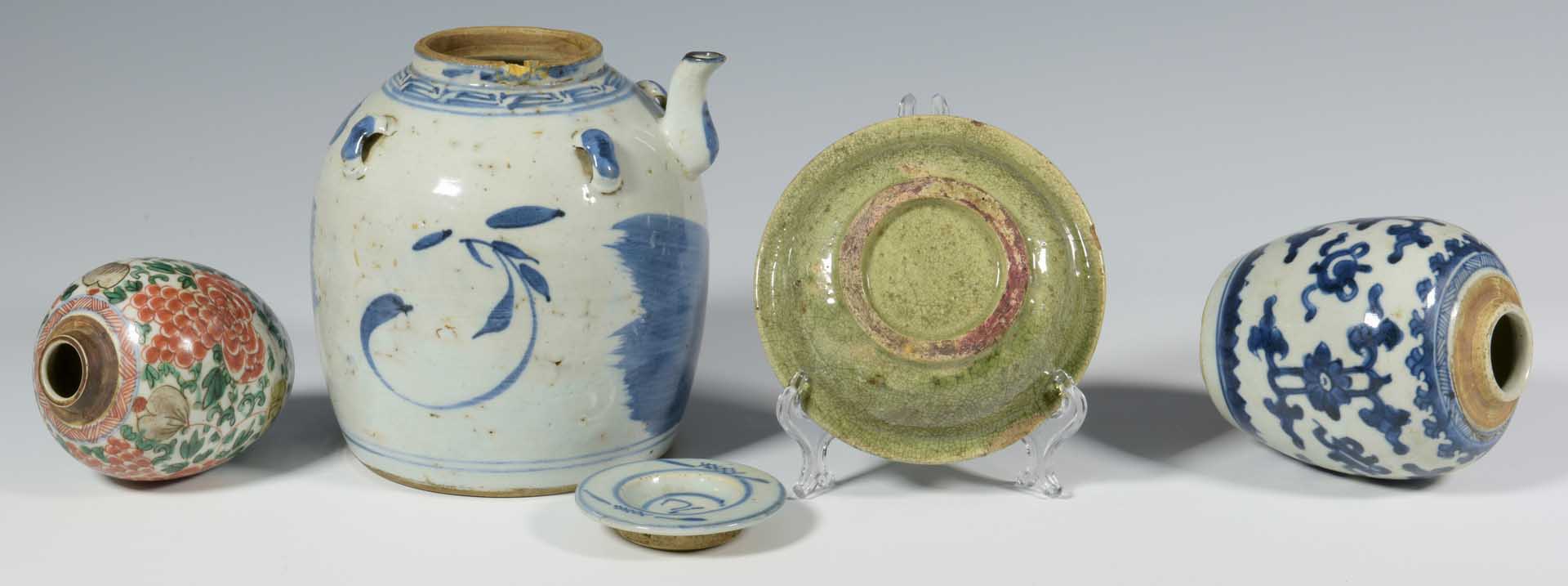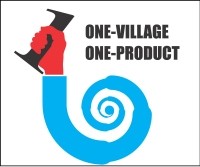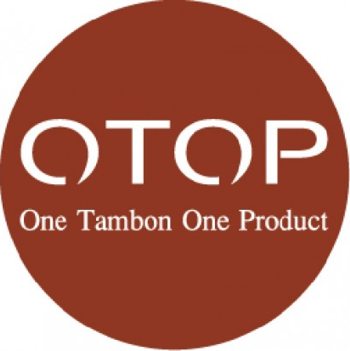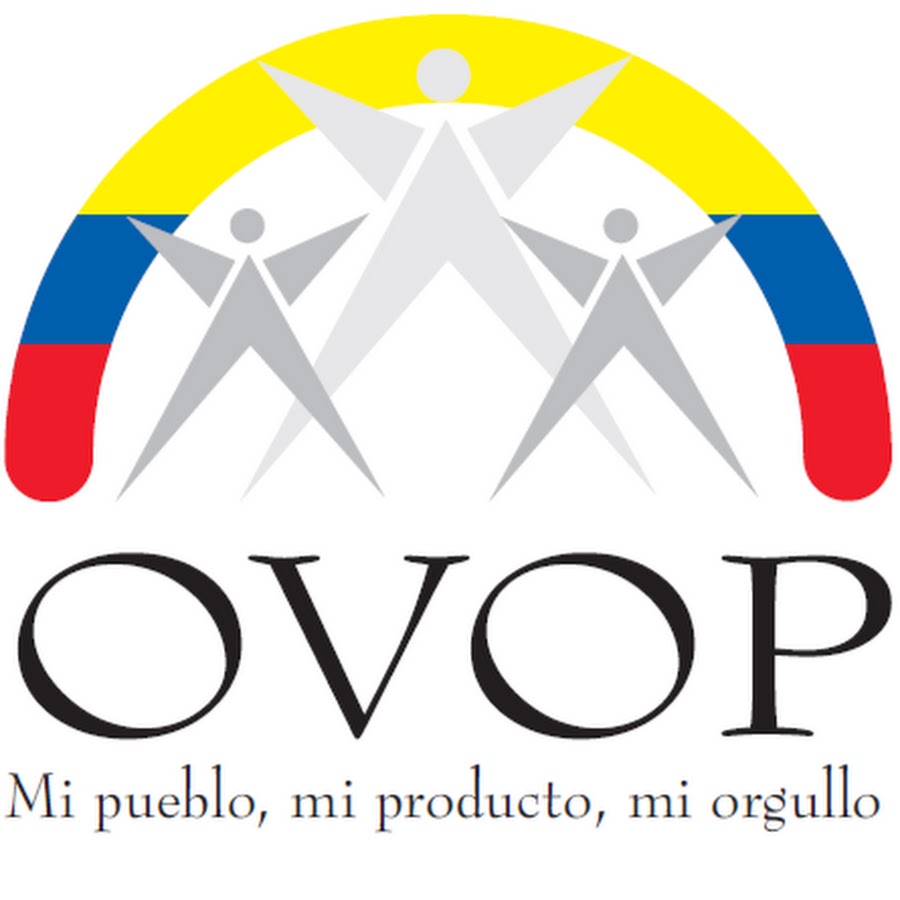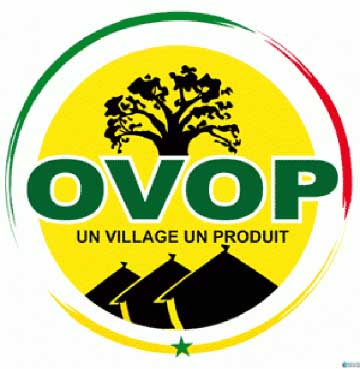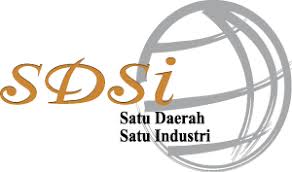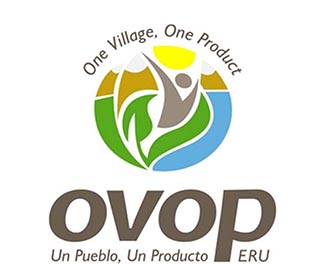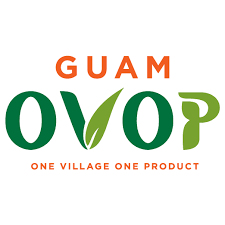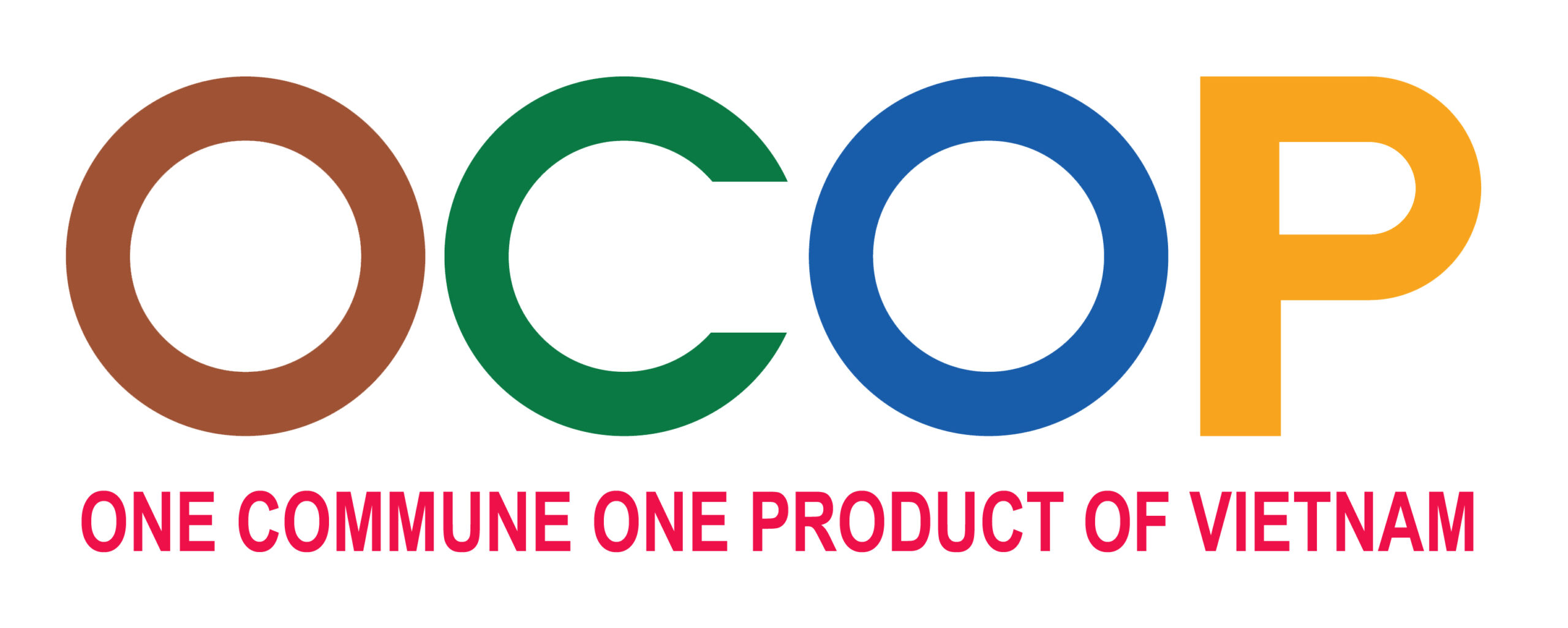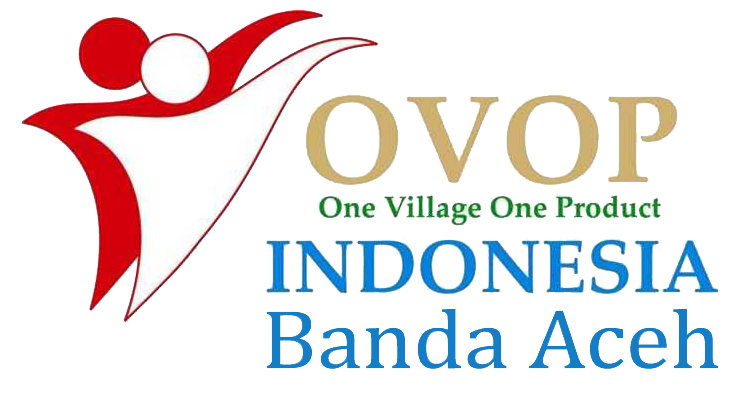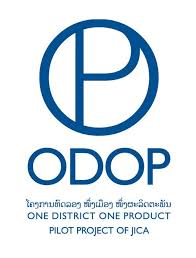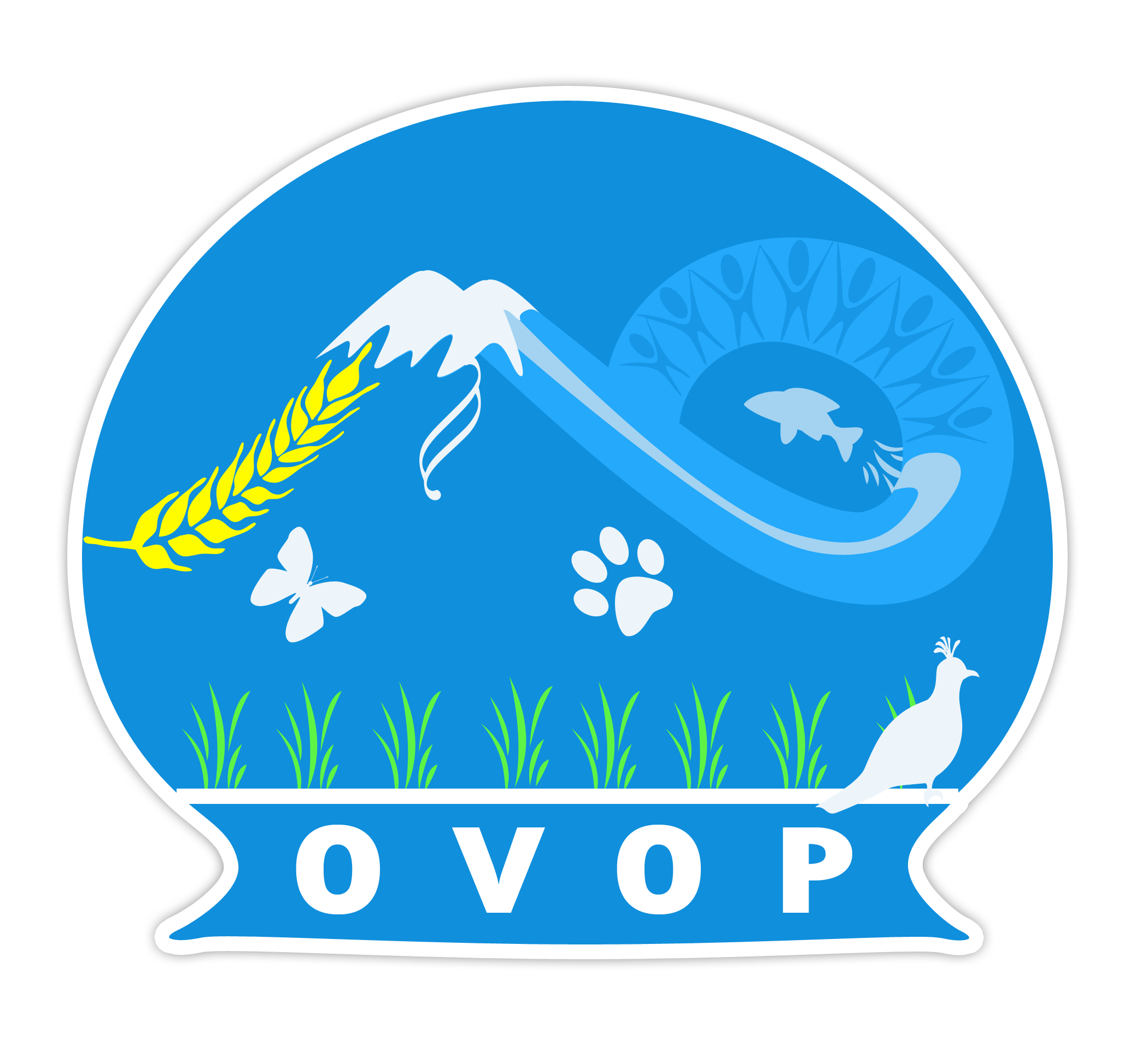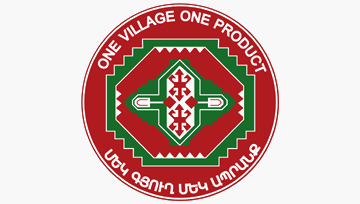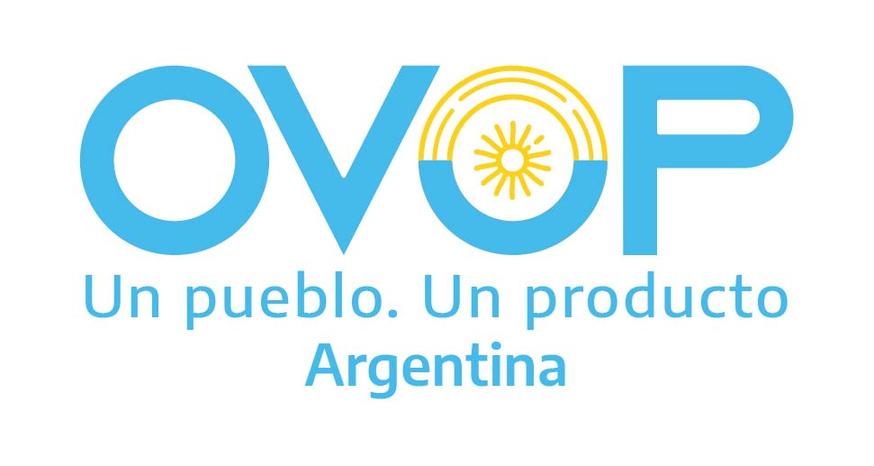China owns many ancient and famous traditional professions such as cloth weaving, silk weaving, pottery, paper making and metal casting. Although going through many historical periods, traditional craft villages in China still exist and develop up to now.
In the 1980s, individual enterprises and craft villages developed rapidly, contributing 68% of the value of rural industrial output, and 32% of the rural industrial output produced by individual enterprises is taken from craft villages. To achieve such results, China has enacted and implemented many policies to develop traditional industries. The policies that China implements include:
Tax policy: The government regulates different tax policies for regions and industries, with priority given to local enterprises in disadvantaged and border areas. The government also waived all taxes on rural enterprises for three years when it was first established. When rural enterprises is stabilized and develops relatively stably, the Government implements a uniform tax policy, abolishing incentives but still giving priority to difficult areas.
Loan policy: The government provided credit to rural enterprises during the 1980s, and a number of large banks participated in lending loans to rural enterprises. Agricultural Bank of China and rural credit cooperatives play an important role in the formal capital market in the countryside. The total loan amount of these two institutions increased more than 10 times during the period 1978-1990.
Export policy: The government creates conditions for rural to promote export. Since China implemented reform and opening up, many rural factories have participated in exports and have grown rapidly through exports. From 1990 to 1993, the total export value of rural enterprises increased from 48.6 billion yuan to 235 billion yuan, the average annual growth rate was 69 percent. Export of rural Enterprise in the total export turnover in 1990 was 15.5%, in 1993 it was 41.5%, in 1997 it was 45.8%. In 1996, about 130,000 out of 23.6 million rural enterprises participated in exports. In particular, the carpet product alone accounted for 75% of the number of carpets in the Japanese market.
Demand stimulus policy: The Government implements a strong stimulus policy in rural areas to create output markets for rural factories. The government's reform policy has increased the income of farmers. As farmers' income increases, consumption demand also increases, creating opportunities for local businesses and traditional industries to develop.
Domestic goods protection policy: The Government restricts import of domestically produced goods, especially consumer goods for farmers. Therefore, rural enterprise has the conditions to exploit and create new markets in localities with increased consumption demand, while at the same time being able to stabilize the domestic market.
Restricting the labor movement: The Government implements strict household registration in the cities to limit the movement of labor between regions and from rural to city. Therefore, farmers try to establish a career in the countryside because it is difficult to migrate to cities to find work.
Technological innovation and advanced technology application: The process of technological innovation is initially carried out by the rural enterprises to increase labor productivity, improve product quality and meet competition requirements. In the early 90s of the 19th century, rural enterprises had many weaknesses such as manual and outdated techniques, small and scattered production scale, low productivity, lack of raw materials, and poor product quality which did not meet market requirements. Faced with this situation, the Government has launched a program to transfer technology and science to the countryside.






